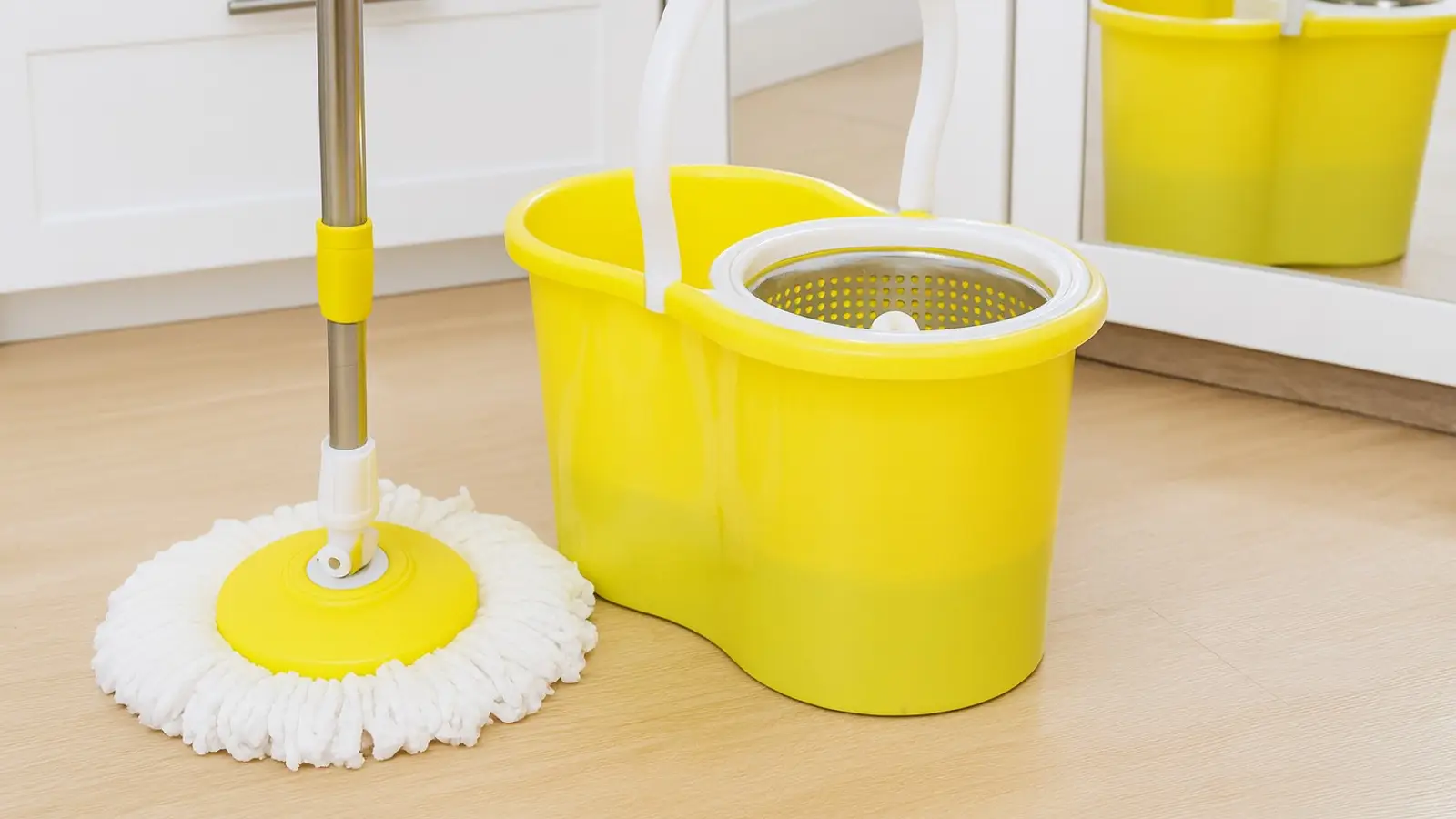Smart Floor Cleaning: Simple Steps for a Spotless Home
Learn how to mop floors the right way with step-by-step tips, cleaner recommendations, and eco-friendly options. Keep every surface clean and damage-free.

Generated by Dall-e
Maintaining a tidy home goes beyond a quick surface clean — and nothing speaks to that more than freshly mopped floors. But not all mopping is created equal. The way you clean your floors can impact not just how spotless they look, but also how well they hold up over time.
Before the Mop Comes Out
The prep work matters. Clearing the floor of chairs, rugs, toys, or anything else in the way is the first step. Once the space is open, it’s a good idea to vacuum or sweep thoroughly — especially around corners and under furniture. Skipping this part can lead to smears and streaks once water hits the surface.
A microfiber mop is the go-to option for most homes. It traps dirt effectively and doesn’t leave behind lint or residue. For hard-to-reach spots, like under low sofas or cabinets, a mop with a swivel head helps get the job done. Steam mops are also a great choice, especially for solid surfaces.
Getting the Technique Right
Start mopping from the farthest corner and work your way to the exit. This keeps you from walking over the clean sections. Change the water regularly — once it looks murky, it’s no longer doing its job.
Some opt for a two-bucket method: one filled with water and detergent, the other with clean water to rinse the mop. This approach cuts down on streaks and re-spreading dirt.
Once you’re done, it’s worth going over the floor with a dry cloth, especially if it’s made of wood. Moisture and wood don’t mix well — a quick dry helps preserve the finish.
Choosing the Right Cleaner
What you use matters as much as how you use it. For laminate and hardwood, stick to products labeled for wooden surfaces — they’re designed to clean gently without damaging protective layers. In Russia, Emsal and Pronto are among the trusted options.
For linoleum and tile, all-purpose cleaners like Mr. Proper or Grass Floor Wash Strong can tackle everyday messes without fuss. They rinse off easily and leave a clean finish.
Stone floors like marble or granite require special care. Harsh chemicals — whether acidic or alkaline — can leave marks or cause damage. Neutral-pH cleaners are the safest bet here.
Natural Alternatives That Work
For those leaning toward greener cleaning, there are simple home recipes that do the job. A splash of vinegar in warm water helps neutralize odors and adds shine. Ammonia can handle older stains, while citric acid works well on grime and dull spots.
That said, less is more. Using too much of these ingredients can backfire — damaging surfaces or leaving behind overpowering smells.
Final Touches to Keep in Mind
Keep your mop pads clean — a dirty one only spreads the mess around. Swap them out regularly. After each cleaning session, open a window to let the space air out and help the floors dry faster.
And always, always check the label on your cleaning product. Even a mild detergent can cause damage if used incorrectly or on the wrong surface.
In short: a little attention to detail goes a long way. Choose the right products, follow a smart routine, and your floors will not only look better — they’ll last longer too.
